This post may contain affiliate links. Please read my disclosure policy.
Have you ever had a baked good come out terribly wrong, even though it came from a trusted source and you are sure you followed the directions? LCK Food Editor and baking expert Kelli Avila talks all about why and how you should be using a scale when baking, especially with gluten-free flours!
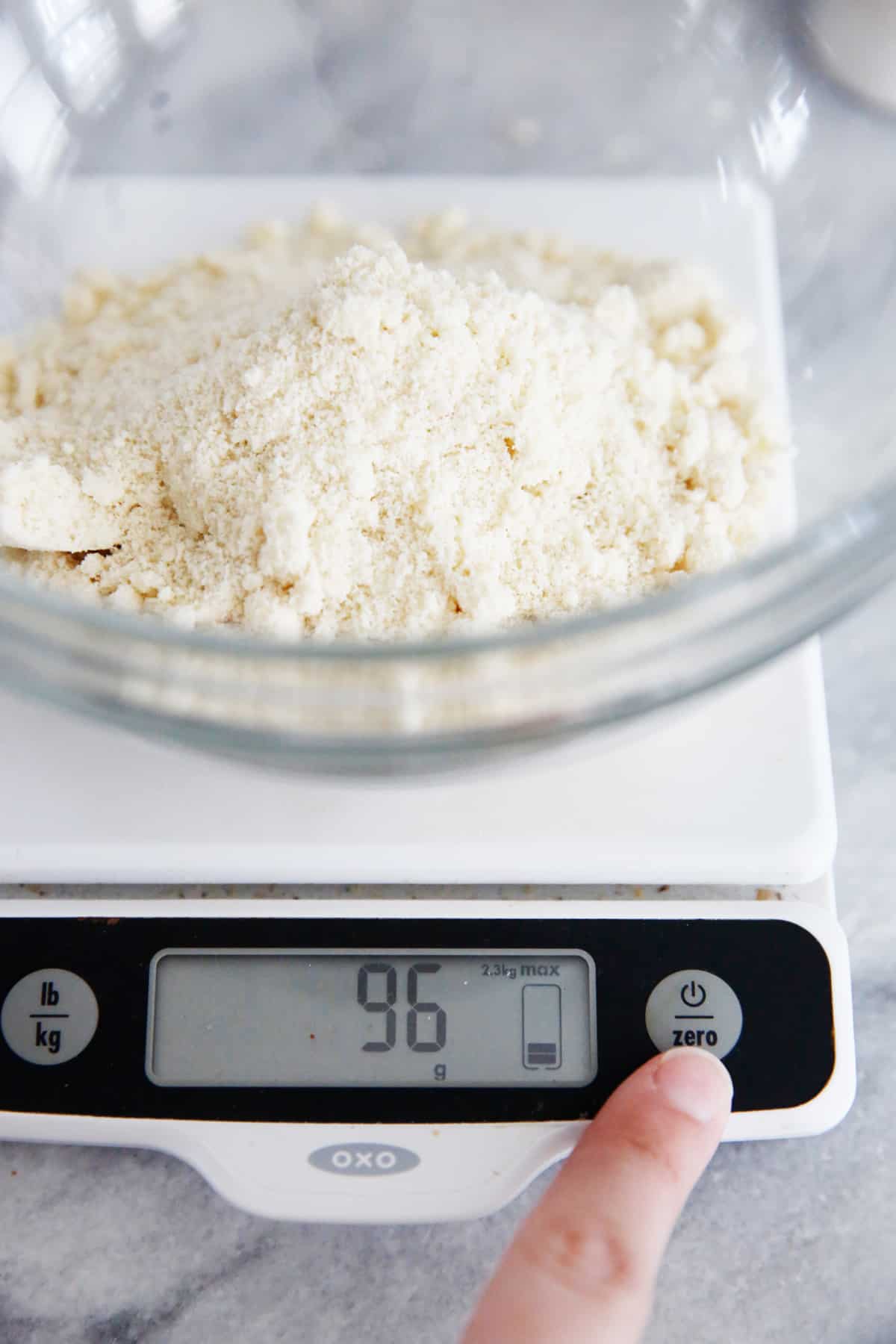 Why You Should be Using a Scale for Baking and How to Do it
Why You Should be Using a Scale for Baking and How to Do it
by: Kelli Avila
If you are looking to improve your baking and cooking skills there is one actionable measure you can to today to do so: buy a kitchen scale. Measuring any type of flour, whether gluten-free or not, can vary when you are using a standard measuring cup. Lexi and I could stand next to each other and each measure a cup of almond flour from the same bag and the actual amount could vary drastically. Various factors can cause the measurement difference such as how much we filled the cup, or how hard we scooped it up, or how tightly the flour was packed into the bag. The bottom line is that there is not much consistency with paleo or gluten-free flour measurement when you are using a standard cup to scoop it out. Not even if you sift it and fill the cup up with a spoon and then level it.
While I’ve personally and professionally been working with a scale for the last 10 years, it became more apparent when I started working here at Lexi’s Clean Kitchen and developing recipes with alternative flours, that a scale is an essential tool to maintain accuracy for gluten-free and paleo baking or cooking.
Why we made the switch
When we were developing the oat flour muffins we noticed that the muffins changed texture depending on the brand of the oat flour we were using. This was not because of the actual brand, but it was because the brands varied on how tightly their oat flour was packed in the bag. Consequently, this effected how much was measured out in a cup measurement. Once we switched over to only using a scale to measure the oat flour we were able to bake up consistent (super delicious) oat flour muffins, with no difference between brands of oat flour.
Recipes using coconut flour are even more important to weigh because just an extra teaspoon of coconut flour could affect a recipe negatively since it’s so absorbent.
We’ve also noticed that previous tried and true recipes came out different when we measured the flour with the scale as opposed to with the cup measurement. For instance, we found that when we made the gluten-free biscuits with the scale they baked up flatter than when they did when we measured the flour with a cup measurement. The reason for this was because consistently when we measured the almond flour with the cup measurement we were actually getting about 1-1/4 cup as opposed to the 1 cup the recipe was calling for. That meant that the actual correct amount of almond flour needed for that recipe to be a success was 1-1/4 cup of almond flour, when measured correctly. When we discovered this we knew it was officially time to talk about how important it is to pick up a scale and use it if you want consistent results.
Have I convinced you yet that it’s time to make a tiny investment in a kitchen scale to improve your baking? Please say yes!
Why Using a Scale will Change your Life
- Your baked goods will come out consistent (so long as you’re baking from a trusted source, like Lexi’s Clean Kitchen!)
- You’ll wash less dishes: a scale means you’ll use way less measuring cups and spoons!
- You’ll need less prep time because you won’t be reaching for this or that size measuring cup or spoon
- You won’t have to sift any flour again (though if it’s really clumpy you can whisk it in the bowl it’s been measured in)
- You can easily divide batter between cake pans or for any other recipe that calls for it
 How to Use a Scale
How to Use a Scale
- Place your empty bowl on the scale and press “tare” or “zero” until it reads 0.
- Add your ingredient until it reaches your desired number. If your scale allows (and hopefully it does) you can easily switch between grams and ounces, depending on what the recipe calls for.
- Before adding your next ingredient press the “tare” or “zero” button to get back to 0.
FAQs on Kitchen Scales
What kind of scale should I get?
There are a few different types on Amazon. Here is the one we use in the test kitchen. Just make sure the one you buy can switch between grams and ounces.
What’s the difference between grams and ounces?
They are different units of measuring! As we stated above, get a scale that you can switch to with a touch of a button, so there is no need to convert any recipes. Most recipes will state a weight in either grams or ounces. We typically use grams in our new recipes as they are the most precise. So if any given recipe calls for grams in the measurement of the flour, you make sure the scale is on that measurement. If later in the recipe it switches to ounces (like if you are measuring liquid) just press the button and switch over to it!
What happens if it shuts off?
On occasion a scale might shut off right in the middle of measurement. Some scales will automatically revert to the previous number it had before it shut off. If your scale doesn’t do this, you can figure out the weight of what you are measuring by placing an empty bowl on the scale, zeroing it out and pouring the food you were measuring into the new bowl, and this will give you the number you left off with. If the bowl had more than one ingredient in it, you’ll have to add up the weight of anything you previous put in it and then subtract that by the measured number on the scale and you’ll get the amount you left off with.
Can I measure everything in the same bowl?
Yes, and you should! Use the tare button to zero out the scale each time you want to add a new ingredient.
If you have any questions about how to use a scale, leave them in the comments and we will be sure to answer them!
Pin it for later:
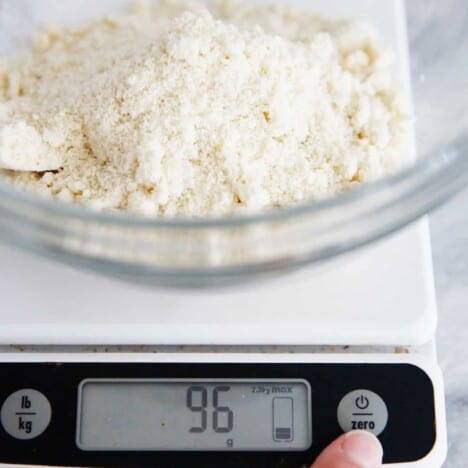
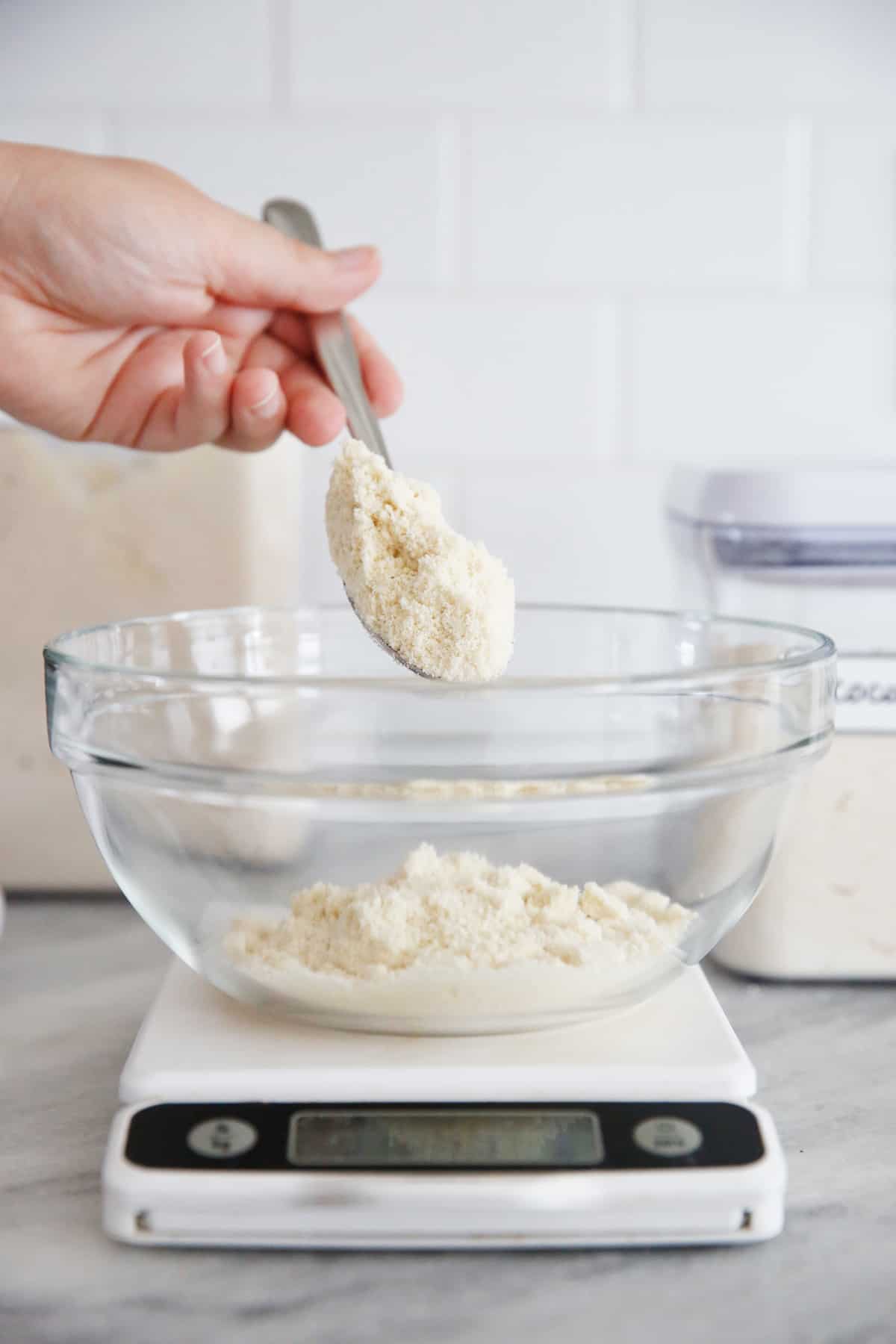
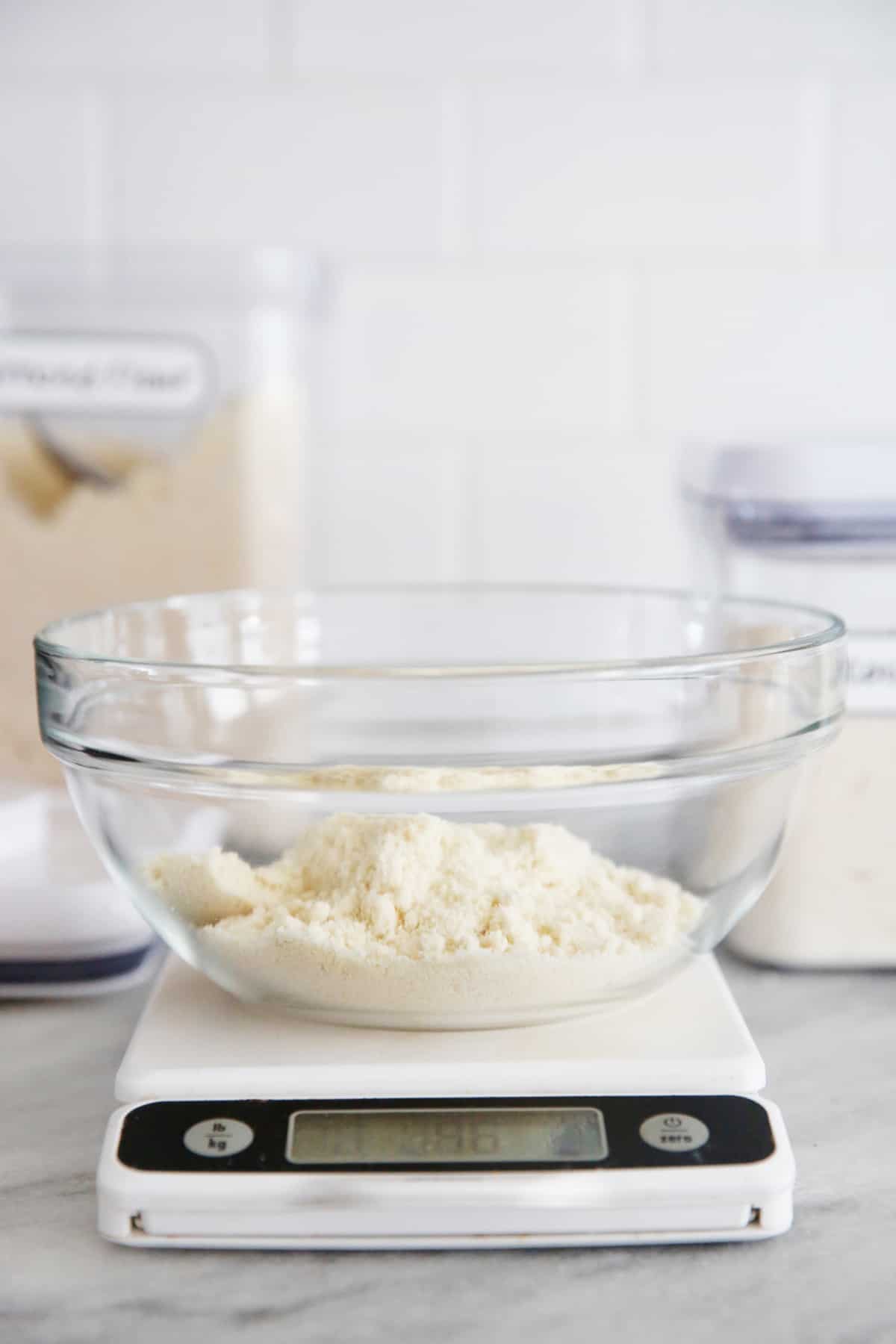 How to Use a Scale
How to Use a Scale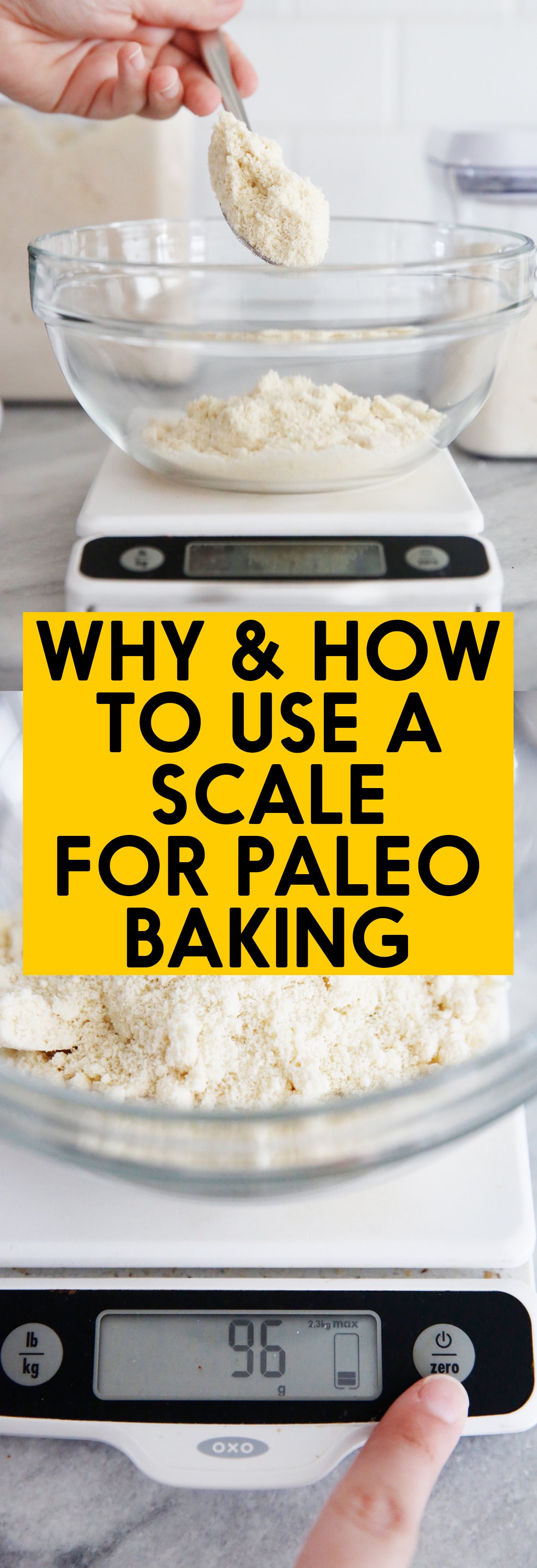
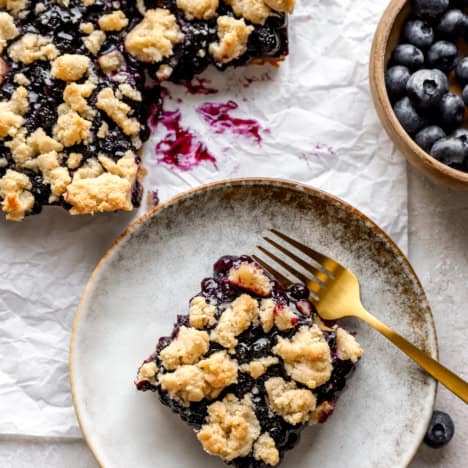
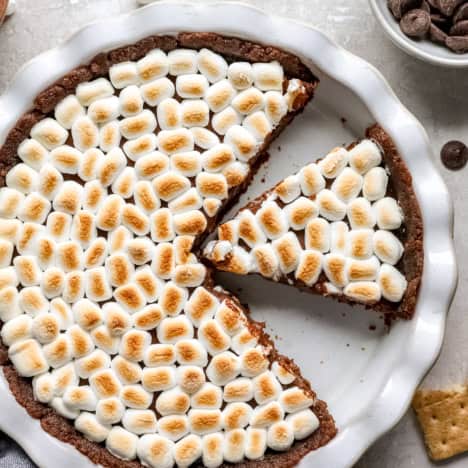


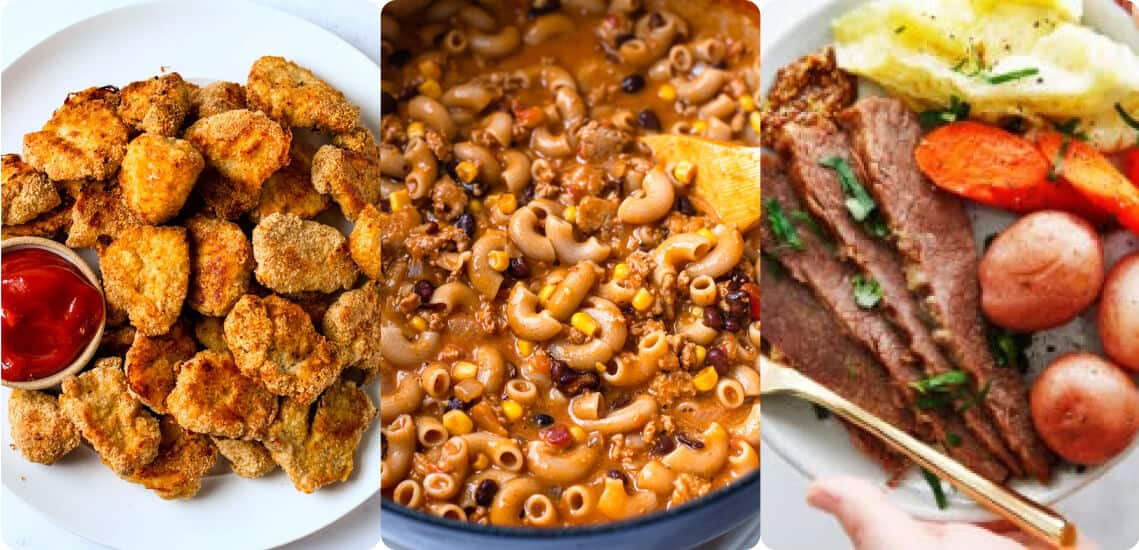
Can I put flour in a bowl then zero it out and put baking powder in the same bowl or is it to light?
What is the name of the scale you recommend….?
Lexi and I have both had success with the Oxo brand!
Has this conversion chart been developed yet? If so, where can I find it?
Great information and simply inspiring recipes that have helped us in our eating habits.
This is a question that I’ve puzzled over when I’ve previously read about using a scale instead of measuring cups – is there a conversion chart? Thanks again for your invaluable work.
Hi Pat! Glad you found this useful. We’re working on a graphic conversion chart right now and should have one available in the next few weeks!